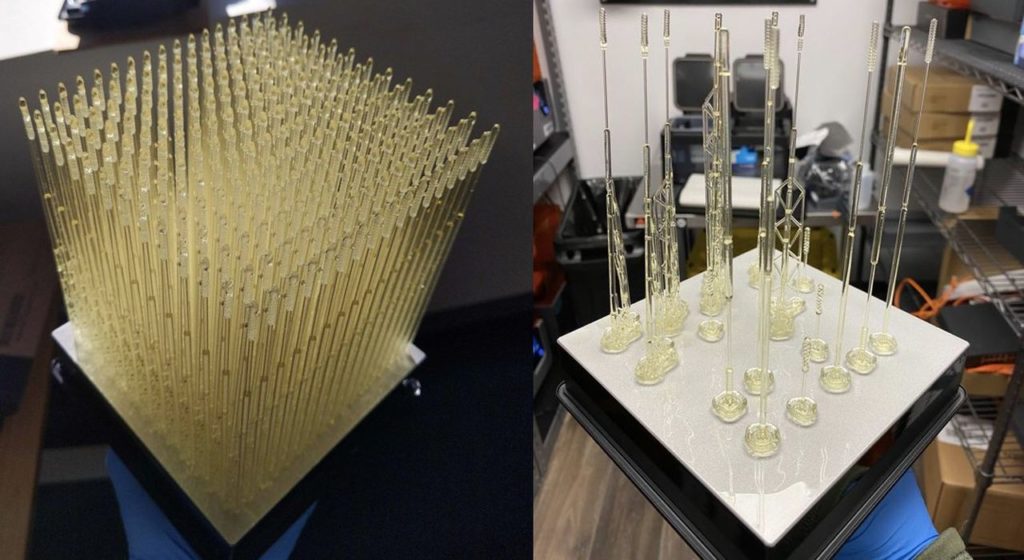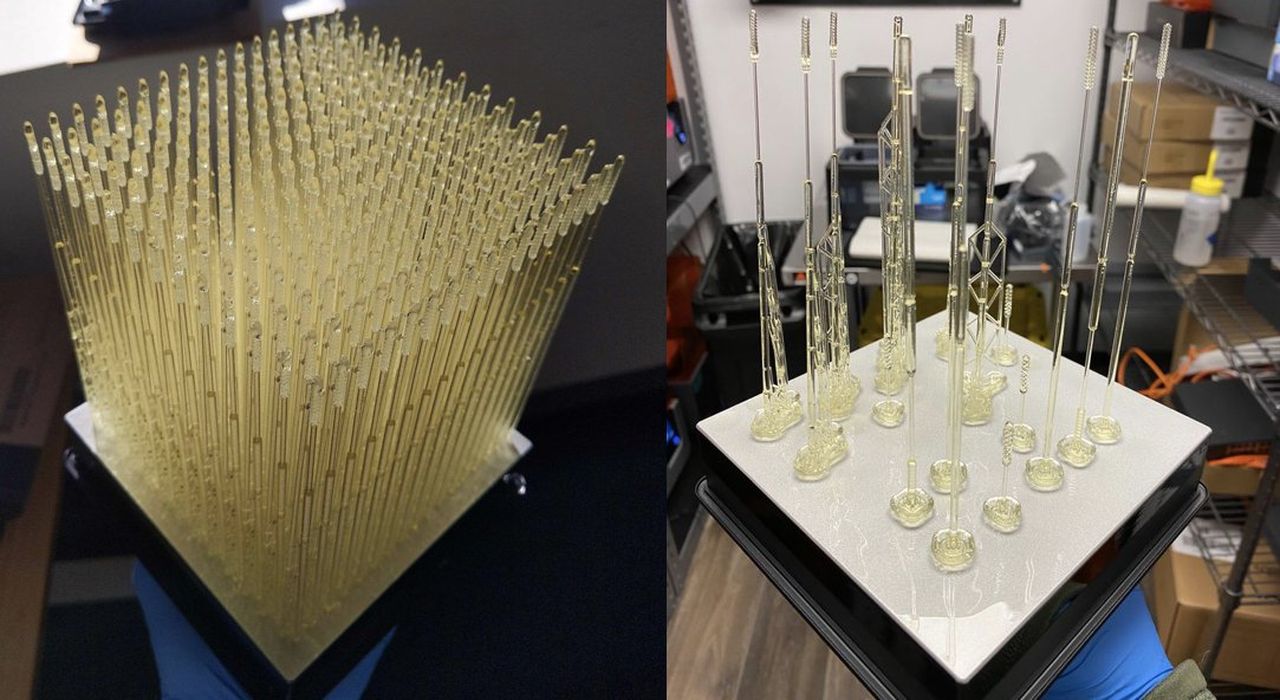
3D printing advances as a national security asset.
Achieving national security is a seminal topic, and greater independence through increasing domestic manufacturing is one pathway to manage it. Further investment in additive manufacturing can help companies develop and improve products and materials, as well as enable them to respond quickly to rapidly changing economic conditions. For this reason, the White House included additive manufacturing on its list of critical and emerging technologies needed to maintain U.S. national security interests.
Formlabs is one 3D printing company that uses its printers in ways that are proving to be vital to U.S. domestic interests. In its early days, the company focused on making a small, stereolithography (SLA) desktop-sized printer costing only $3,000 versus the much larger machines common during 3D printing’s inception that ran upward of $100,000.
According to Formlabs’ CEO and cofounder Maxim Lobovsky, the company has gone on to ship more professional 3D printers than any other company in the world. It has expanded its desktop SLA printers, and has added a larger format printer, a selective laser sintering system, and the materials and software to drive them. The products are used by various industries requiring plastic parts such as consumer electronics, automotive, aerospace, medical device, low-volume manufacturers and many businesses needing prototypes or tools to support production.
“We can quickly adapt to different changing needs,” said Lobovsky. “And because the input is primarily digital design, it’s also easier to produce in different locations—less dependent on centralized production in certain areas. So that’s a huge, impactful way to make manufacturing more robust and distributed.”
One of Formlabs’ products illustrates how seamlessly 3D printing fits into the area of national security. In 2020, the company’s customers printed more than 20 million COVID-19 test swabs to help address the shortage. As the world continues to struggle with supply chain disruptions and rapid demand for specific items that can emerge overnight, 3D printing is an essential technology to help meet urgent manufacturing demands because of its flexibility and ability to produce parts without specific tools.
Additionally, 3D printers are used by the defense and aerospace industries to achieve unique geometries or unusual parts that are not necessarily available in mass-produced product lines.
The applications of 3D printing are endless, with new use cases arising continuously. The technology could also play a role in Europe’s rush to reduce its dependence on fossil fuels from Russia as the growing green hydrogen energy sector seeks to harness additive manufacturing. For example, solid oxide fuel cells (SOFCs) used as clean energy power generators that convert hydrogen into electricity could benefit from 3D printing’s ability to achieve complex geometries and overcome the technology’s current limitations. It’s one of the many ways that 3D printing can support product development, making technological innovation faster and easier.
Although there’s not generally a strong association between 3D printing and the clean energy transition, there’s an increasing connection. For example, 3D printers used in vehicle manufacturing help electric vehicle (EV) makers achieve lightweight auto bodies that allow vehicle batteries to achieve greater range, which has been a limiting factor for more widespread EV adoption. 3D printing has also played a role in the racing arena, where additive manufacturing company Uniformity Labs used its AlSi10Mg aluminum alloy powder to produce a lightweight solar-powered race car roll cage.
As plastic weighs significantly less than steel, 3D printed parts—which are difficult to make through conventional manufacturing processes—can help the transportation sector become more energy-efficient overall, thus reducing its environmental impact. Although renewable energy is envisioned to reduce ecological harm, it requires significant mineral mining, such as rare earth minerals for batteries, which has a steep environmental toll. However, lighter vehicles built with 3D printed components can have a reduced need for metals. As such, Tesla is one of Formlabs’ major customers, with dozens of 3D printers used in the company’s vehicle production lines.
Read more at ENGINEERING.com

